The O. Zone
Hard lesson learned after Loveland slide: Listen to your inner Eeyore
If you're at all thinking 'we're all gonna die,' you just might
As the shock and horror in the immediate aftermath of the Loveland Pass avalanche that killed five subsides a bit, the second-guessing and recriminations have begun in earnest more than a week after the catastrophic events of April 20.
Denver Post columnist Steve Lipsher on Sunday said the slide “was not a tragic ‘accident.’ It was a case of recklessness, pure and simple, as suicidal as a game of Russian roulette.”
Jason Blevins of the Post wrote a story on Sunday quoting Megan Michelson, a survivor of notorious slide near Stevens Pass ski area in Washington that killed three people in 2012. “It makes me wonder if we didn't do enough to warn people of our mistakes that day,” she said.
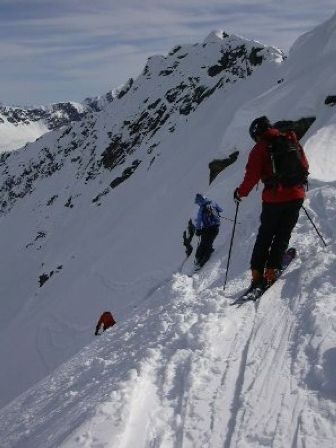
The Loveland disaster, the worst in the state since 1960, came just two days after a snowboarder was killed in a slide near Vail Pass – a tragedy that was clouded by questions about marijuana and judgment. And poor judgment is also now at the center of the debate over the Loveland slide.
That 2012 Tunnel Creek avalanche in Washington, which brought up similar questions of group dynamics and the pack mentality, was the subject of a fascinating multi-media story by the New York Times last fall that prompted me to write a column for the Boulder iJournal discussing some of my own backcountry experiences.
I’ve decided to repost that column in its entirety, with a few minor edits to correct time elements. Bear in mind this was written months before six snow riders died in deadly slides during April’s heavy snow cycle. Five others died in slides throughout the season.
Here’s what I wrote prior to the 11 deaths this past winter:
Don't be afraid to channel your inner Eeyore this avy season
In April of 2005, I was “that guy.” The Eeyore on a heli-skiing trip who – while not exactly uttering the Winnie the Pooh character’s famously gloomy “We’re all gonna die” line – did put a serious damper on a day in the Chugach Mountains above Valdez, Alaska.
Our guide that day was the snow safety director at a Utah ski resort. We had just skied a beautiful, 2,500-foot-vertical face of thick, buttery maritime powder and the heli had returned us to the same landing zone. Our guide dug a snow pit and emerged with a worried look on his face.
All around us south- and west-facing slopes were naturally ripping free, periodically shattered the overwhelming silence with crashing chunks of icy death. The 40-degree slope we had just skied and were now eagerly eyeing a second time was north-facing, well-shaded and likely good to go. But our guide had his doubts.
“If it was me,” he said, “I wouldn’t ski this.”
The problem was that it was late April. The temperatures were climbing into the 50s in Valdez and upper 30s in the heli-skiing zone. And water weight was being added to five days of fresh snow with each tick of the clock. But our guide left it up to us.
That was shocking to me. Even though we’d paid a day rate of around $700, I didn’t think heli-skiing in the Chugach was a democracy. If the snow-safety guy had his doubts, then in my mind it was a no-brainer. Pull the plug and live to ski another day.
No one else in my group agreed.
That included two chain-smoking Russians, a wealthy dotcommer from Mammoth and a buddy of mine from Vail. So I wound up being “that guy,” telling the guide I didn’t want to ski it. And he flew us off the top and dropped us on lower-angle slopes that were iced over with breakable crust because of the freeze-thaw cycle. My friend and I called it a day.
I relive this little tale because I just finished reading one of the best-presented pieces of Internet reporting I’ve ever seen: a special report in The New York Times on the Tunnel Creek avalanche last February that killed three skiers off the back side of Stevens Pass ski area in Washington State.
I lived in Seattle for a year in the mid-1990s and loved the few times I got up to nearby Stevens, a throwback area with great terrain and really good snow. The NYT piece put me right back there and vividly told the tale of 16 hard-charging ski industry folks who went out a backcountry gate despite a lot of nervousness and warning signs and charged into the teeth of a snow dragon.
They just needed one Eeyore that day to speak up and say, “Wait a minute, guys.”
That’s way easier to do when you’re climbing a mountain and weather is rolling in. Gravity naturally wants to send you back down. When there’s unbroken snow in front of you, a lot of testosterone surging through you and a feeling that you’re bulletproof, that’s when your inner Eeyore gets shouted down.
Throw in a few GoPro video cameras, social media, devices like Avalungs and float packs and the overall rising popularity of backcountry skiing, and you have a formula for more and more avy deaths each winter. As I write, there are inexperienced snow riders pushing into Vail’s “side country” to find untracked snow. One or more of them may die this season.
If you read the entire Tunnel Creek story, and I strongly suggest you do, you’ll learn that in the weeks before the avalanche there was a warm period with little new snow followed by a big dump of 32 inches. Ripe conditions for a big slide.
Last season at Vail we had a painfully dry December through the holidays and into mid-January before a big foot-and-a-half powder pasting. Similar conditions to Tunnel Creek in terms of the snow layers bonding – or, more precisely, failing to bond. The big difference is that in Colorado, our interior Rocky Mountain snowpack is much drier and even less stable than the maritime snowpack of Washington or Alaska.
If you recall, that big mid-January dump at Vail last season saw some of the spookiest snow I’ve ever skied in my 30 years of making turns in Colorado. I saw stuff ripping to the ground all over the place out the backcountry gate in Blue Sky Basin that leads to Seibert’s stash. And that was the storm that claimed 13-year-old Taft Conlin of Eagle in an avalanche on lower Prima Cornice.
We’ve had a similar situation this season, with no snow between Nov. 10 and Dec. 7 and temps in the 50s and even 60s.
Now we’ve had more than four feet since Dec. 7. Think about that as the Back Bowls open up and so does access to the backcountry gates, including the notoriously sketchy East Vail Chutes. Two people died there in separate avalanches just a few years ago.
I’m not trying to scare people, because properly educated, equipped and cautious snow riders can and do have a blast in Colorado backcountry every day in the winter months. But until you’ve actually been in a slide, you can’t really appreciate their awesome and utterly lethal power.
When I was 18 or 19, a college freshman at Western State in Gunnison, I used to go out of bounds all the time with a group of friends at Monarch. One time I took a stupid line and broke off a slab that I rode over the snowplow wall and onto Highway 50. Snow packed in all around me on the asphalt as a line of cars and trucks backed up in both directions.
Two friends freed me from the instant concrete that pinned me up to my chest in a sitting position on the highway. All we cared about was skiing away before the sheriff showed up, but later I realized how lucky I’d been, and that experience has forever colored my sense of snow safety. It may have led to my Eeyore moment in Alaska 20 years later.
I wrote about that heli-skiing trip for the Rocky Mountain News in Denver and later reposted on RealVail.com. I didn’t give that seminal moment its proper play in the story, perhaps embarrassed about being “that guy.” The other day, my buddy from Vail – the one who was mad at me for years for pulling the plug – grudgingly admitted I probably made the right call.
Make the right call this season and next and know when to say no – or at least ski the more conservative line. And if you’re relatively inexperienced in the backcountry but know you want to go next season, attend the Vail and Beaver Creek Ski Patrol’s next Avalanche Awareness Series event.
Most of all, don’t be afraid to be an Eeyore.
![]() 0 Comments on "Hard lesson learned after Loveland slide: Listen to your inner Eeyore"
0 Comments on "Hard lesson learned after Loveland slide: Listen to your inner Eeyore"
Be the first to comment below.


 Vail Town Council to weigh new plan to redevelop T...
Vail Town Council to weigh new plan to redevelop T...  All about indexes
All about indexes 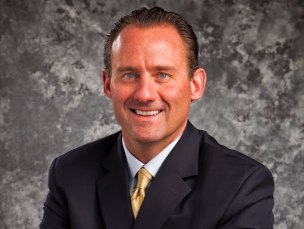 Transforming your social security into a winning r...
Transforming your social security into a winning r... 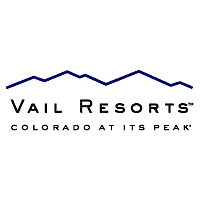 Pass sales, real estate transactions, revenues inc...
Pass sales, real estate transactions, revenues inc... 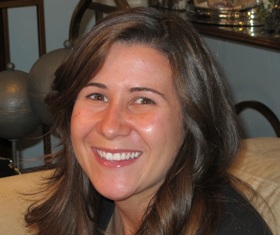 Vail Valley native with passion for Biophilic inte...
Vail Valley native with passion for Biophilic inte... 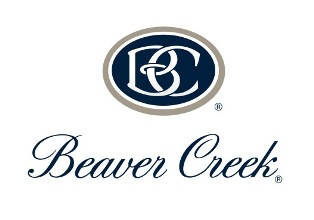 Beaver Creek starts work on new summer activities
Beaver Creek starts work on new summer activities  Land Trust, ECO Trails, Vail Resorts team up to cl...
Land Trust, ECO Trails, Vail Resorts team up to cl... 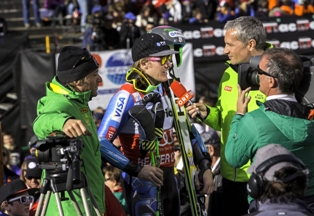 EUROVISION named Host Broadcaster for 2015 World A...
EUROVISION named Host Broadcaster for 2015 World A...  Vail Resorts brings back Lindsey Vonn's 'School of...
Vail Resorts brings back Lindsey Vonn's 'School of... 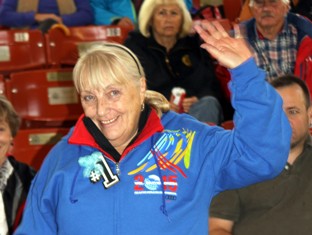 Hundreds turn out for 2015 World Championships vol...
Hundreds turn out for 2015 World Championships vol... 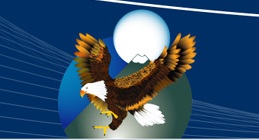 Eagle County Senior Health Expo and 9th Annual Hea...
Eagle County Senior Health Expo and 9th Annual Hea... 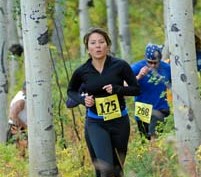 Final race of Vail Mountain Trail Running Series s...
Final race of Vail Mountain Trail Running Series s...  Before you write your will ...
Before you write your will ... 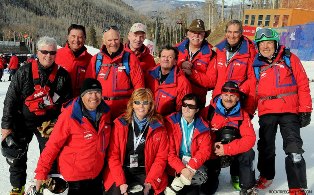 2015 World Ski Championships volunteer recruitment...
2015 World Ski Championships volunteer recruitment... 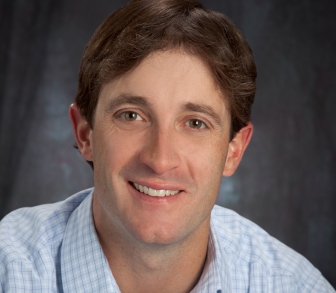 Ascent Sotheby’s International Realty in Vail an...
Ascent Sotheby’s International Realty in Vail an...  CDOT outlines road closures for local stages of US...
CDOT outlines road closures for local stages of US... 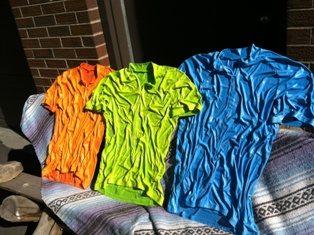 Italian artist creates unique trophies for Vail, B...
Italian artist creates unique trophies for Vail, B... 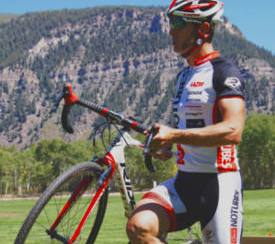 Vail Recreation District once again hosting Jake W...
Vail Recreation District once again hosting Jake W... 

